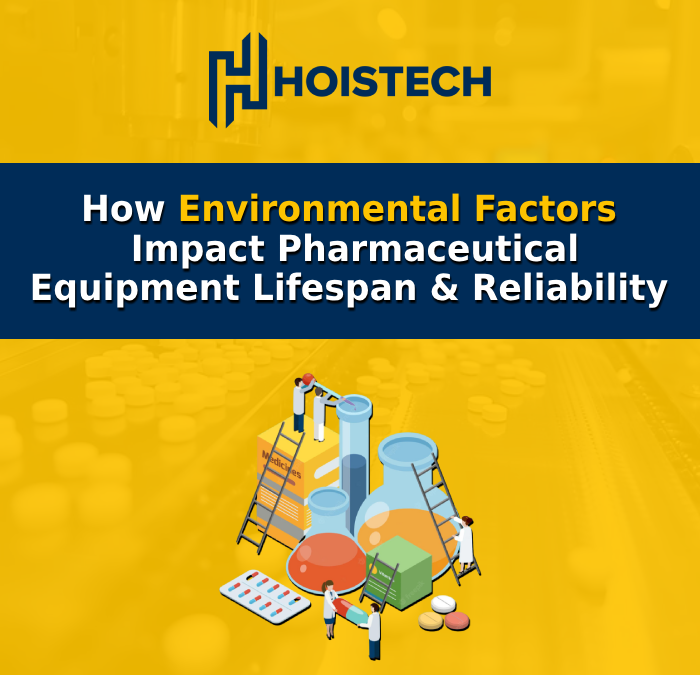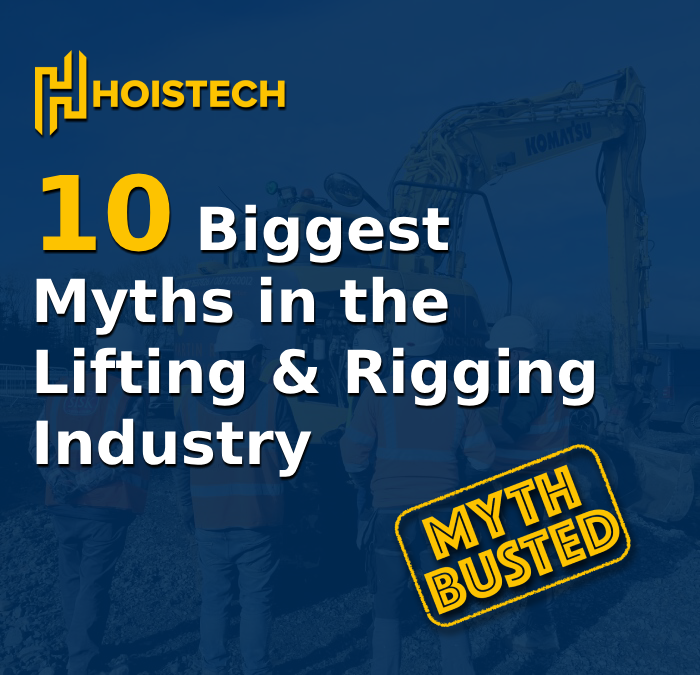How Environmental Factors Impact Pharmaceutical Equipment Lifespan and Reliability
Ever wonder why some equipment seems to live forever while others break down faster than a cheap umbrella in a hurricane? The answer isn’t just about build quality or maintenance schedules—it’s about the environment.

That’s right. The environment your equipment operates in can be the silent assassin of reliability, slowly eroding performance until, one day, boom—catastrophic failure.
For example, if you’re in the pharmaceutical industry, where precision and uptime are non-negotiable, ignoring environmental factors is like playing Russian roulette with your production line.

Temperature: The Hot and Cold Truth
Too hot, and your equipment sweats like it’s in a sauna. Components expand, lubrication breaks down, and electrical circuits get pushed to their limits, increasing the likelihood of overheating and failure. Prolonged exposure to high temperatures can accelerate wear on bearings, seals, and gaskets, turning what should be a well-oiled machine into a ticking time bomb.
Too cold, and it stiffens up like a frozen turkey. Low temperatures can cause materials to contract, making metal components more brittle and susceptible to cracking. Lubricants can thicken or even freeze, leading to increased friction and sluggish performance. If your equipment relies on precise movement and calibration, extreme cold can lead to costly malfunctions.
Solution? Keep things cool (but not too cool) with climate control, insulation, and routine monitoring. Temperature stability is key—invest in thermal sensors to detect fluctuations early, and ensure your facility has proper insulation and HVAC systems.
If your environment swings drastically, your equipment will suffer for it.
Humidity: The Sneaky Destroyer
Ever left a piece of metal outside in the rain? Give it time, and you’ve got rust city. Now imagine what excessive humidity does to precision pharmaceutical equipment for example—corrosion, electrical shorts, and even bacterial growth…
Humidity doesn’t just make things damp—it actively accelerates the degradation of materials, turning sensitive components into prime targets for rust, mold, and malfunctions. In highly controlled pharmaceutical environments, where sterility is king, excessive moisture can lead to contamination issues, ruining batches and causing compliance headaches.
Even worse, condensation can sneak into electrical panels and circuits, leading to shorts, erratic performance, and even total system failures. The result? Unplanned downtime, expensive repairs, and potentially compromised product integrity.
Fix it: Invest in dehumidifiers, controlled environments, and regular moisture monitoring. Use desiccant packs in sensitive areas, ensure proper ventilation, and seal off entry points where moisture can creep in. Your machines (and your compliance team) will thank you.
Fix it: Invest in dehumidifiers, controlled environments, and regular moisture monitoring. Use desiccant packs in sensitive areas, ensure proper ventilation, and seal off entry points where moisture can creep in. Your machines (and your compliance team) will thank you.
Airborne Contaminants: The Invisible Killers
Dust, fumes, and other microscopic nasties don’t just make the air look like a dystopian sci-fi scene—they clog vents, gum up moving parts, and reduce efficiency. And in pharma, where purity is everything, contamination isn’t just an inconvenience—it’s a full-blown production disaster.
These airborne particles infiltrate even the most well-maintained machinery, leading to mechanical wear, overheating, and malfunctions. In pharmaceutical environments, the risks are even higher—contaminants can compromise sterile production lines, leading to costly recalls, compliance violations, and reputational damage.
Airborne pollutants such as chemical vapours, microbes, and fine dust can also degrade electrical components, leading to corrosion, static build-up, and circuit failures. When equipment operates in an environment filled with unfiltered air, efficiency drops, energy consumption rises, and maintenance costs skyrocket.
Combat this: HEPA filters, positive pressure clean rooms, and regular deep cleans are your best allies. Implement air purification systems to remove even microscopic threats, and ensure your facility is operating under the strictest environmental controls. When it comes to airborne contaminants, out of sight should never mean out of mind.

Vibration and Shock: The Silent Saboteurs
Ever driven down a pothole-ridden road and felt your car shake like a maraca? That’s what constant vibration does to your equipment. It loosens fasteners, wears down moving parts, and messes with alignment.
The fix? Anti-vibration mounts, stable flooring, and proactive alignment checks. If you wouldn’t want to live in an earthquake zone, neither does your equipment.
Power Quality: The Unseen Threat
Voltage spikes, power surges, and inconsistent electrical supply—silent but deadly to precision equipment. A single bad surge can fry circuits faster than a chef flips pancakes.
Your move: Use voltage regulators, UPS systems, and regular power quality checks to keep the juice flowing smoothly.
The Bottom Line
Environmental factors are like the villains in a spy movie—stealthy, persistent, and capable of wreaking havoc when you least expect it. But with the right preventive measures, you can turn your facility into a fortress of reliability.
At Hoistech, we don’t just care about lifting things up—we care about keeping your operations running smoothly, efficiently, and without costly breakdowns. Let’s talk about how we can help extend the life of your equipment and keep your pharmaceutical production at peak performance.
After all, in your world, reliability isn’t optional—it’s essential.

